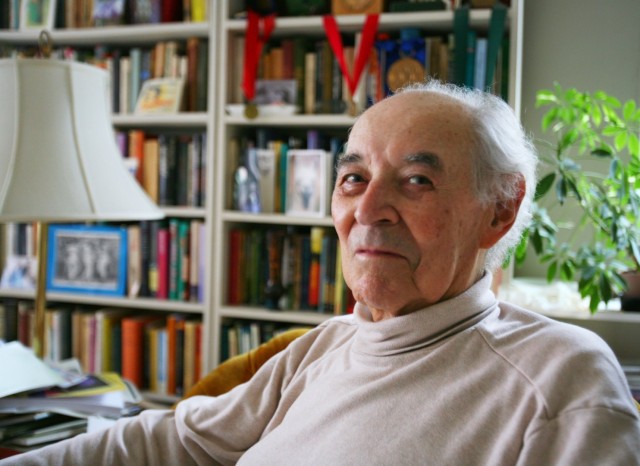
The UL recently acquired a new edition of the Antologia de poesia portuguesa erótica e satírica, a book that represents an important part of Portuguese literary and political history. First published in December 1965, the book’s release earned its editor, the poet and writer Natália Correia, a 3-year suspended prison sentence.
To 21st century eyes, this is a scholarly and comprehensive work of anthology. It compiles works by most of the major figures in Portuguese poetry dating back to the medieval troubadours, including Camões, Bocage, Almeida Garrett, Fernando Pessoa and António Botto. Also included are those then-contemporary poets – such as Maria Teresa Horta, Mário Cesariny, Herberto Helder, Luiz Pacheco, Jorge de Sena and Natália Correia herself – who have since come to be considered equally canonical. Therefore, it is interesting to reflect on the “seismic shock” (as Correia described it) that the book caused on its initial publication. Continue reading “A revolutionary anthology in 1960s Portugal”









